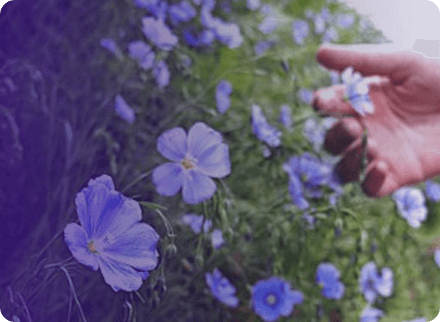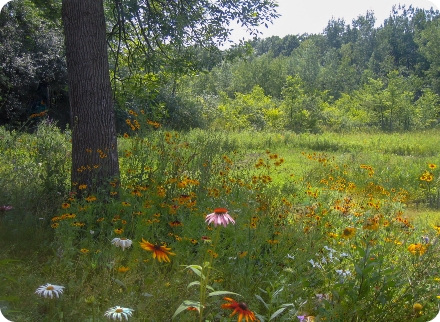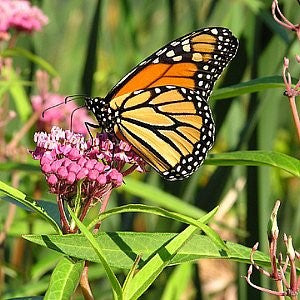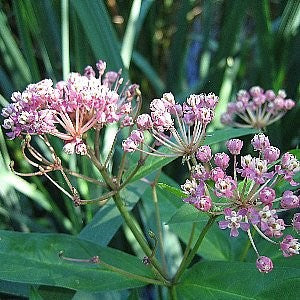Milkweed Swamp Seeds (Asclepias incarnata)
Milkweed Swamp Seeds (Asclepias incarnata)
 Yes!
This Item is Available
Yes!
This Item is Available
 Sorry!
This Item is not Available
Sorry!
This Item is not Available
Couldn't load pickup availability
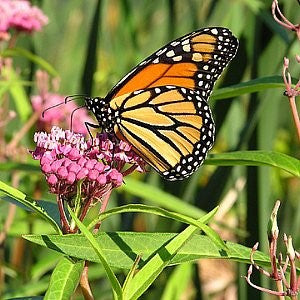
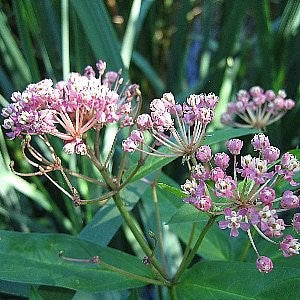
Don't Forget: Free Shipping on All Orders of $39 or More!
SWAMP MILKWEED - Asclepias incarnata - Swamp Milkweed has a high tolerance for waterlogged conditions and a very low tolerance for arid conditions. It is a native perennial plant that can vary from anywhere between 2 to 5 feet in height. The main stem of the plant is often branched into three or four smaller stems, and a bush of small, pink, white, mauve flowers grows out of the end of each of these stems. Extremely fragrant and a big attraction for butterflies and hummingbirds.
Zones: 3 through 9
Height: Up to 5 ft.
Flower Color: Pink
Plant Type: Native Perennial
Light Requirement: Sun - Partial Shade
Bloom Time: Summer
Seeds per Packet: 50+/-
Seeds per Pound: 70,000
Is this wildflower invasive: No
Is this wildflower endangered: No
Is this wildflower edible: No
Is this wildflower medicinal: No
Germination Code: 2 - Native wildflowers take time to establish. These are not first year blooming species. This species needs one period of cold stratification.
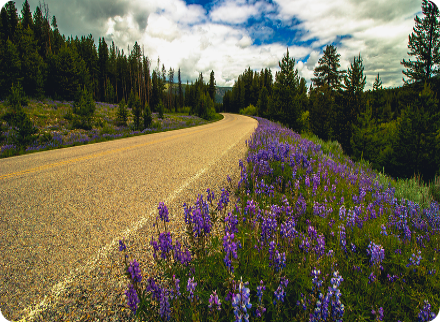
We offer CUSTOM Seed Mixes for All Your Projects!
We've got you COVERED for Landscape
Management, Conservation & More!
